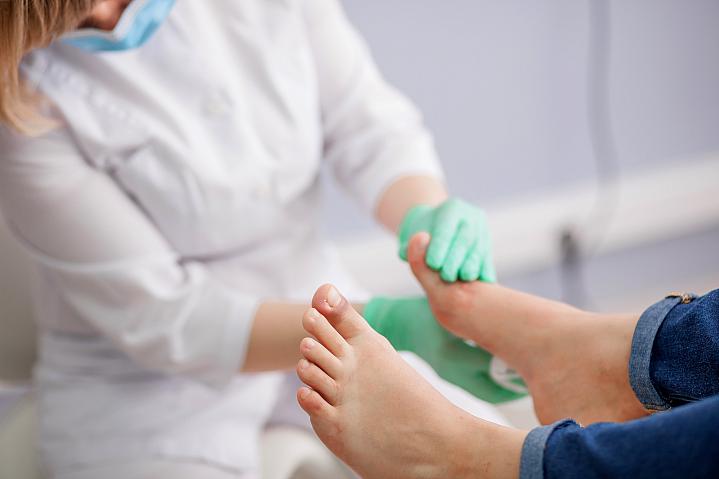Health Capsule
Living With Gout
 © Smeilov - stock.adobe.com
© Smeilov - stock.adobe.comGout is a common and painful type of arthritis (swelling in one or more of your joints). It usually first appears in a big toe or lower limb. But other joints can be affected. Most types of gout are treatable, especially if caught early.
Gout is more common in men. It tends to first arise for them in middle age. Women usually develop gout only after menopause.
Flares of gout often start suddenly at night, with intense pain that may wake you up. Usually, just one joint is affected. It may feel swollen, red, warm, and stiff. Flares usually get better within a couple of weeks.
If left untreated, flares can begin to arise more often and last longer. They may be triggered by certain foods, alcohol, some medications, or illnesses.
Treatment plans are based on symptoms and the cause of your gout. Over-the-counter and prescription medications may help reduce pain and swelling during flares.
Lifestyle changes can also help you manage gout and reduce flares. Eating a heart-healthy diet can help. Also, avoid alcohol, red meats, and seafood to reduce the chance of gout flares. Losing excess weight may help minimize the number of flares you have.
Learn more about gout.
NIH Office of Communications and Public Liaison
Building 31, Room 5B52
Bethesda, MD 20892-2094
nihnewsinhealth@od.nih.gov
Tel: 301-451-8224
Editor: Harrison Wein, Ph.D.
Managing Editor: Tianna Hicklin, Ph.D.
Illustrator: Alan Defibaugh
Attention Editors: Reprint our articles and illustrations in your own publication. Our material is not copyrighted. Please acknowledge NIH News in Health as the source and send us a copy.
For more consumer health news and information, visit health.nih.gov.
For wellness toolkits, visit www.nih.gov/wellnesstoolkits.



